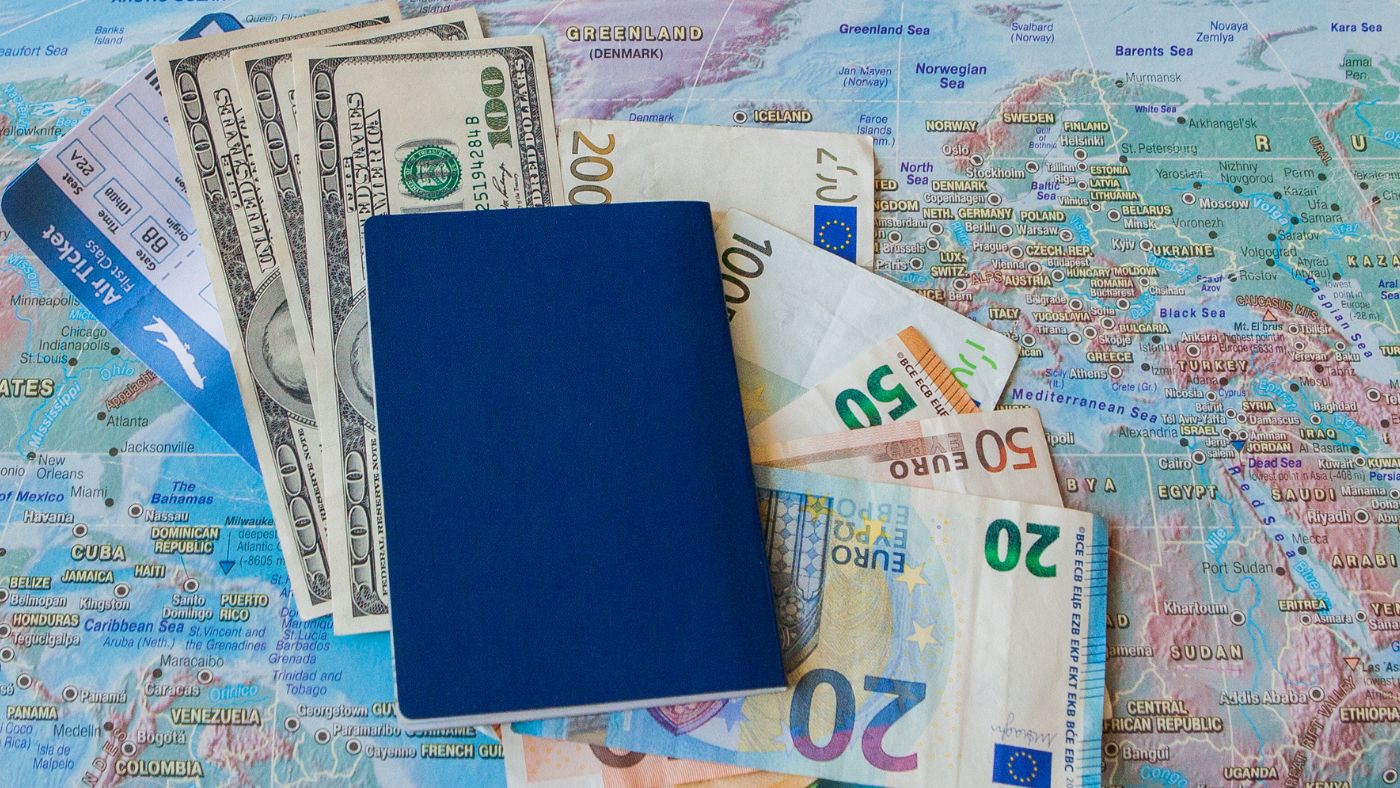Most hotels, restaurants and stores accept credit cards, but it never hurts to carry a little cash around as well. Credit cards may not be accepted by smaller shops and restaurants, or for smaller purchases.
Europe tends to use the Chip & PIN type of credit and debit cards, meaning each “smartcard” contains a microchip that automatically authenticates the card with the use of a PIN at the time of any transaction.
Most credit and debit cards issued in the United States are of the Chip & Signature or the magnetic strip type. Some self-serve vending machines or kiosks such as those at train or metro stations, luggage lockers, toll booths and fueling stations may not accept the magnetic strip or the Chip & Signature cards common in the US. Having cash on hand for these transactions is advised.
Contactless payment options are increasingly common in Europe. To pay, instead of inserting your card into a slot, you hold or tap your card close to a designated surface on the payment point and the information is transmitted. Cards that are enabled for contactless payments have a wifi symbol printed on them.
Be aware that many credit card companies charge a foreign transaction fee – check your card’s policies before you leave home. Also make sure to notify your credit card company of your travels or enable card usage abroad to make sure your card won’t be locked. VISA is most commonly accepted, followed by Master Card and American Express.


